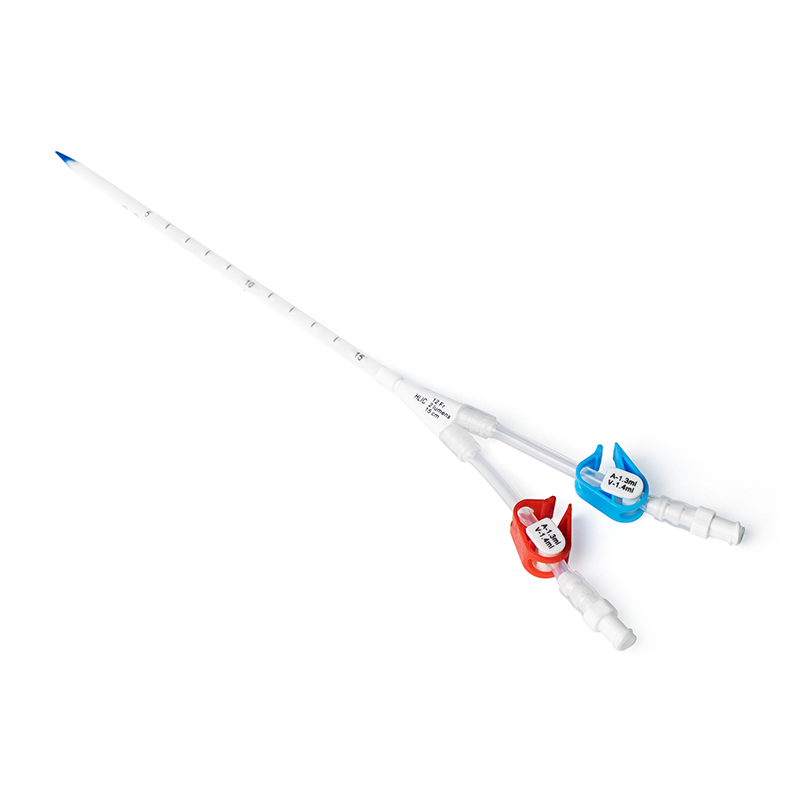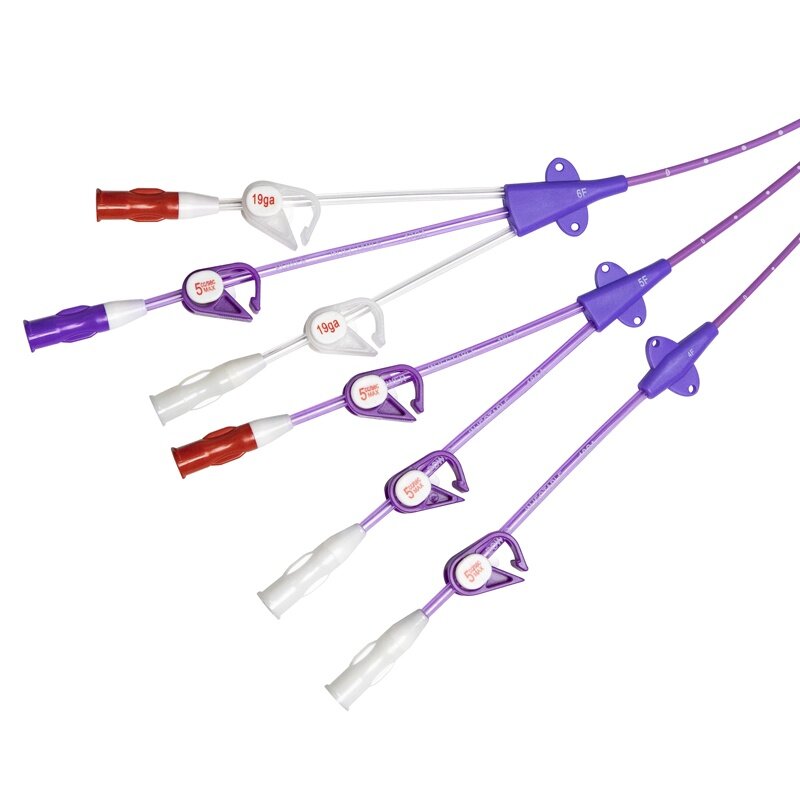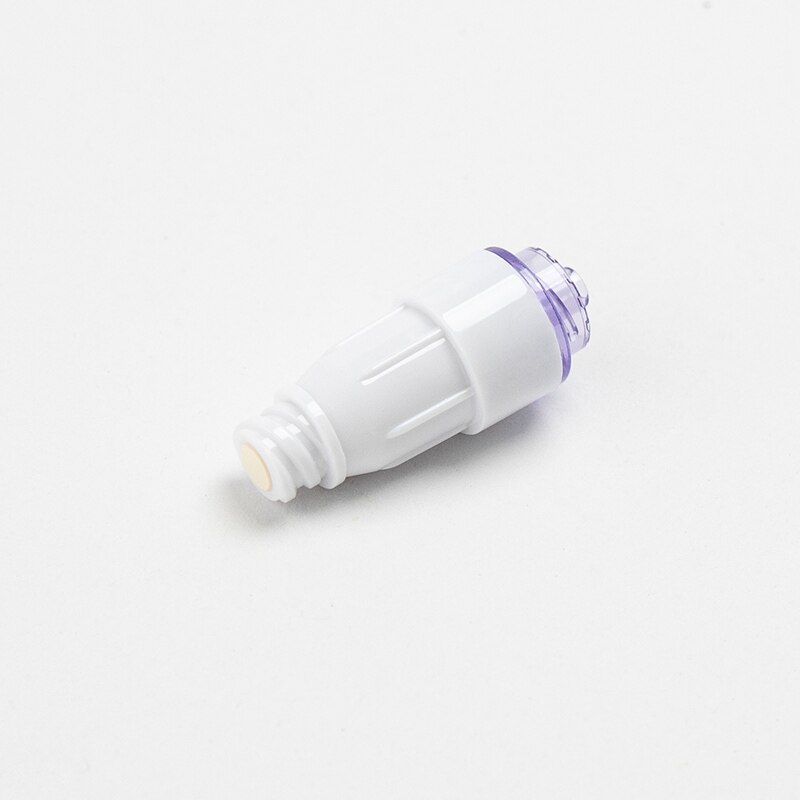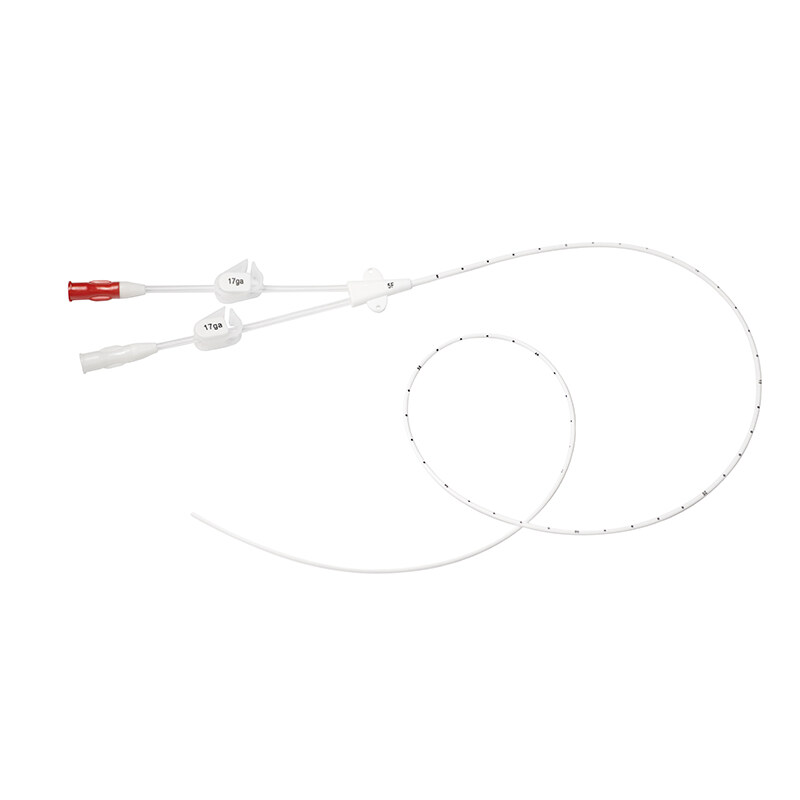Peripherally Inserted Central Catheters (PICCs) and Implantable Ports (PORTs) are two commonly utilized central venous access devices in oncology. Both play a critical role in facilitating the safe and effective administration of chemotherapy, parenteral nutrition, intravenous fluids, and supportive medications. Each device offers distinct clinical advantages and considerations, influencing selection based on individual patient needs, therapy duration, and institutional protocols.
Peripherally Inserted Central Catheters (PICCs)
Clinical Indications and Advantages:
-
Intermediate to Long-Term Access: PICCs are inserted into a peripheral vein (typically in the upper arm) and advanced into the superior vena cava, allowing for medium- to long-term central venous access. They are typically maintained for several weeks to a few months.
-
Versatile Use: Suitable for administration of cytotoxic chemotherapy, antibiotics, hydration, and total parenteral nutrition (TPN), PICCs minimize the need for repeated venipuncture, thereby preserving peripheral veins.
-
Minimally Invasive Placement: PICCs can be inserted at the bedside or in an outpatient setting by trained personnel under ultrasound guidance, reducing the need for surgical intervention.
-
Facilitates Home-Based Therapy: Their ease of use enables outpatient or home administration of therapy, contributing to shorter hospital stays and improved patient autonomy.
-
Frequent Blood Sampling: PICCs support routine blood draws, critical for monitoring hematologic parameters during cancer treatment.
Limitations and Risks:
-
Higher Risk of Complications: PICCs are associated with an increased incidence of catheter-related thrombosis and catheter-related bloodstream infections (CRBSIs), particularly in hospitalized patients.
-
Maintenance Requirements: They require regular (typically weekly) flushing and dressing changes to maintain patency and prevent infection.
-
Shorter Dwell Time: PICCs are more appropriate for intermediate-term use and are easily removed if complications arise.
Implantable Ports (PORTs)
Clinical Indications and Advantages:
-
Fully Implantable Device: Ports are surgically placed beneath the skin, typically in the chest wall, with the catheter tip positioned in a central vein. They are accessed via percutaneous puncture using a non-coring (Huber) needle.
-
Long-Term Vascular Access: Designed for patients requiring prolonged, intermittent intravenous therapy (e.g., over several months or years), ports provide reliable access with minimal impact on daily living.
-
Lower Maintenance Burden: Compared to PICCs, ports require less frequent flushing (generally every 4–6 weeks when not in use), enhancing convenience and reducing infection risk.
-
Fewer Complications: Ports exhibit lower rates of infection and thrombosis, making them the preferred option for patients with a high risk of vascular access complications.
-
Enhanced Quality of Life: The subcutaneous design eliminates external components, improving body image, mobility, and comfort.
Limitations and Risks:
-
Surgical Insertion and Removal: Implantation and explantation require minor surgical procedures, typically under local anesthesia.
-
Needle Access Required: Each use necessitates skin puncture, which may be uncomfortable for some patients.
-
Higher Initial Cost: Ports involve higher upfront procedural and device-related costs compared to PICCs.
Clinical Decision-Making Considerations
-
PICC Lines are generally preferred for patients requiring intermediate-term access, especially when ease of placement and removal is important, or when peripheral veins are difficult to access.
-
Ports are more suitable for patients requiring long-term, intermittent therapy, particularly when minimizing infection risk, reducing maintenance burden, and improving quality of life are key priorities.
Conclusion
Both PICCs and ports are integral to comprehensive oncologic care, offering dependable vascular access for a variety of intravenous therapies. The optimal choice should be guided by the anticipated duration of treatment, patient comorbidities, risk factors for infection or thrombosis, lifestyle needs, and healthcare resource availability. While ports tend to offer superior long-term safety and convenience, PICCs provide flexibility and ease of use, making them a valuable option for shorter courses of therapy or when immediate removal may be necessary.





